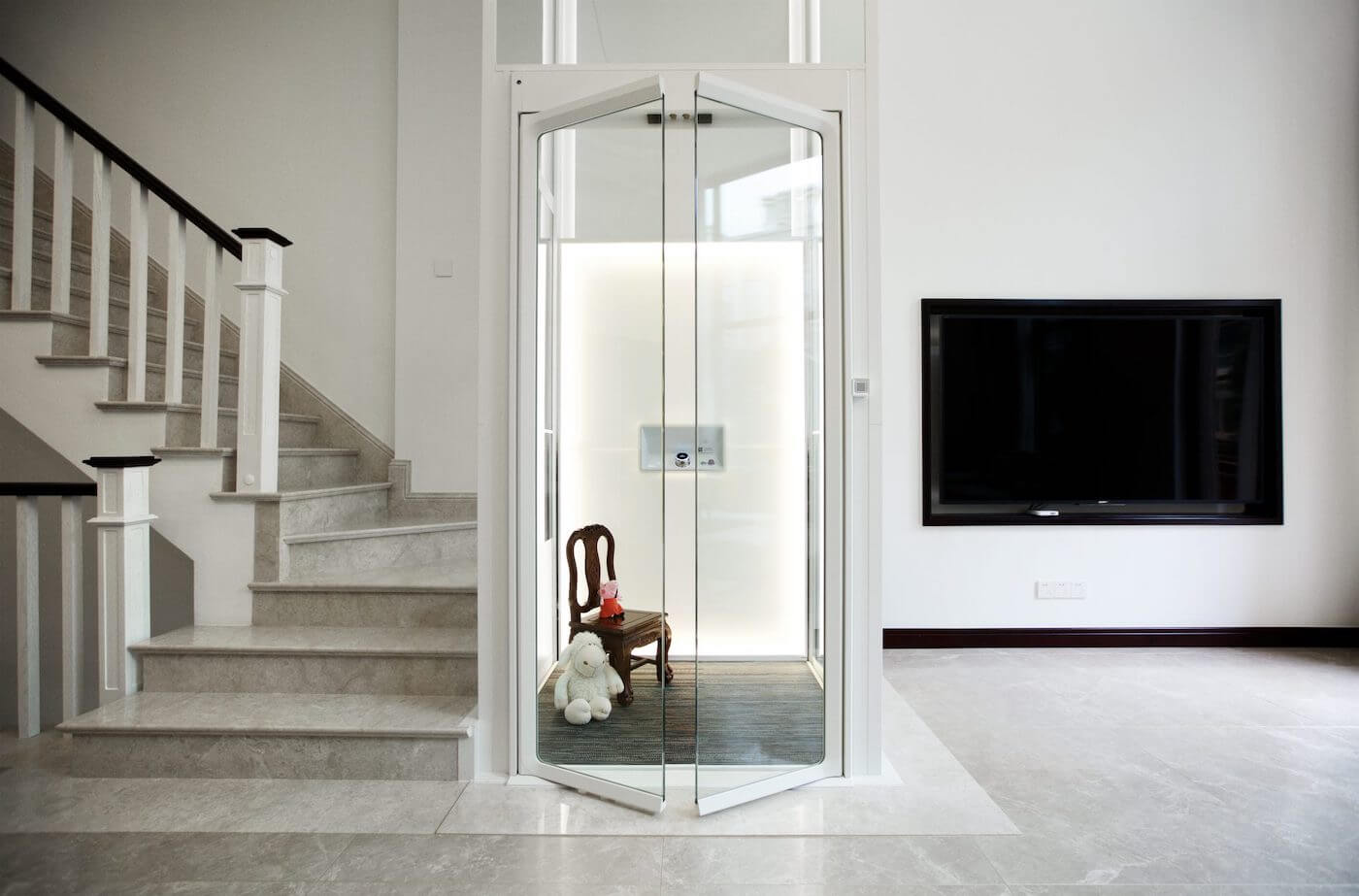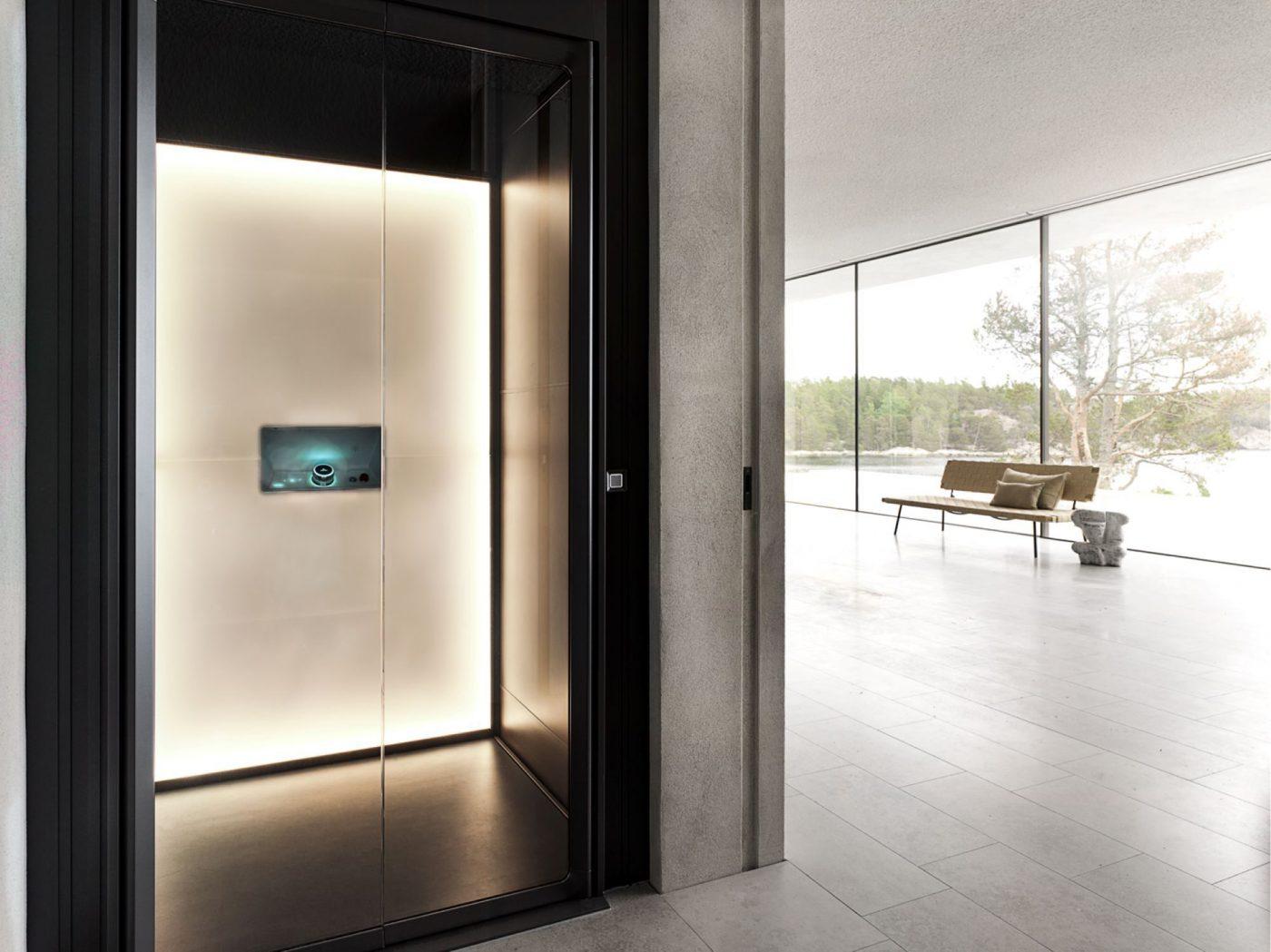We Maintain Lifts to the Greatest Standards: Reliable Solution for All Lift Types
We Maintain Lifts to the Greatest Standards: Reliable Solution for All Lift Types
Blog Article
Exploring the Globe of Lifts: Usual Issues Faced by Numerous Lift Systems
As we navigate through the upright transport systems of modern structures, elevators attract attention as an indispensable part of our every day lives. Nonetheless, behind their seamless procedure lies a world of complex devices that can sometimes run into obstacles. From hydraulic lifts to grip systems and machine-room-less styles, each lift kind comes with its set of typical problems. Understanding these difficulties is crucial for ensuring the smooth functioning of these essential systems. Let's check out the complexities that underlie the operation of elevators and the potential problems that can emerge, clarifying the complex internet of lift devices.
Hydraulic Elevators
Hydraulic elevators, typically favored for low-rise buildings, make use of fluid pressure to regulate the activity of the elevator car (lift repair companies). This mechanism involves a hydraulic pump pushing oil into a cylinder, creating the lift to move in the preferred direction. While hydraulic elevators are known for their silent and smooth procedure, they do come with their own collection of common concerns
One widespread problem with hydraulic lifts is oil leakage. Additionally, issues with the control system, such as defective valves or a malfunctioning pump, can create disruptions in the lift's motion.
Regular upkeep and timely repair work are vital to make sure the smooth functioning of hydraulic elevators. By resolving these usual concerns proactively, structure owners can lessen downtime and guarantee the safety and security and efficiency of their vertical transportation system.
Traction Lifts
When considering upright transportation systems in structures, another typical type in addition to hydraulic elevators is the grip elevator. Traction elevators run using a system of ropes and counterweights that move the elevator vehicle by grasping onto the hoist ropes. This device permits smoother and quicker vertical transportation contrasted to hydraulic systems.
One of the typical issues faced by traction elevators is rope wear. The constant movement of the ropes within the grip system can cause deterioration gradually, possibly creating the elevator to breakdown or come to be harmful for use. Regular assessments and maintenance of the ropes are vital to make sure the elevator's appropriate functioning and safety.
One more concern that grip lifts may run into is connected to the control system. Troubles with the control system can lead to concerns such as irregular movement, delays in action times, and even full shutdowns. Regular screening and maintenance of the control system are crucial to prevent such issues and make sure the elevator's reliability.
Machine-Room-Less (MRL) Elevators

One of the crucial components of MRL lifts is the compact gearless traction maker that is set up within the hoistway. This device effectively drives the lift vehicle without the demand for large tools found in traditional grip lifts. Furthermore, MRL elevators normally use a counterweight system to balance the car, more enhancing their power efficiency.
Despite their benefits, MRL elevators might face difficulties associated to repair and maintenance as a result of the confined space for equipment installment. Accessibility for servicing components within the shaft can be restricted, needing specialized training for service technicians. Correct maintenance timetables and regular examinations are essential to guarantee the continued smooth procedure of MRL lifts.
Overloading and Weight Limitation Issues
Overloading and weight limitation problems are vital worries in elevator procedures. Elevator manufacturers style raises with particular weight capabilities to ensure passenger safety and security and tools long life.
When lifts are overwhelmed, it puts too much stress on the motor, wires, and various other components, possibly triggering malfunctions or malfunctions. Safety systems such as sensing units and overload sensing units remain in place to avoid lifts from moving if they identify excess weight. Furthermore, going beyond weight limits can bring about raised energy usage and wear and tear on the lift system.
To minimize overwhelming concerns, constructing managers need to plainly display weight restrictions in elevators and educate owners on the significance of adhering to these restrictions - lift repair companies. Regular upkeep checks by qualified technicians can also help guarantee that elevators are running within risk-free weight specifications. By view publisher site dealing with overloading and weight limit problems proactively, building proprietors can boost elevator security and effectiveness
Electric System Failures
Surpassing weight limitations in lifts can not just cause mechanical concerns but also potentially add to electrical system failings within the lift infrastructure. Electric system failings are an important worry in elevator procedure, as they can trigger unanticipated closures, malfunctions, and even security dangers. One common electric issue is the overheating of parts because of extreme current flow caused by overloading the elevator past its ability. This can lead to harm to the circuitry, motor, or control systems, causing pricey repair work and downtime.
In addition, power surges or changes in the electrical supply can likewise interfere with the elevator's procedure, influencing its efficiency and security. These electric disruptions can harm delicate lift components such as control panels, circuit card, or sensing units, causing system failings. Routine upkeep and examinations are crucial to identify and attend to possible electrical problems without delay, making certain the reliable and safe operation of elevator systems. By sticking to weight limits and performing regular electrical system checks, structure proprietors can minimize the danger of electrical failures in lifts.
Verdict

Hydraulic lifts, commonly preferred for low-rise buildings, make use of fluid stress to regulate the movement of the lift vehicle.When taking into consideration upright transport systems in structures, another common type apart from hydraulic elevators is the traction lift. Grip elevators operate utilizing a system of ropes and counterweights that move the elevator important source cars and truck by clutching onto the hoist ropes. Unlike typical lifts that require a separate device area to house the equipment, MRL lifts incorporate many of the parts within the shaft, getting rid of the demand for a specialized maker room.In final thought, lifts face Find Out More typical concerns such as hydraulic breakdowns, traction system failures, and electrical system problems.
Report this page